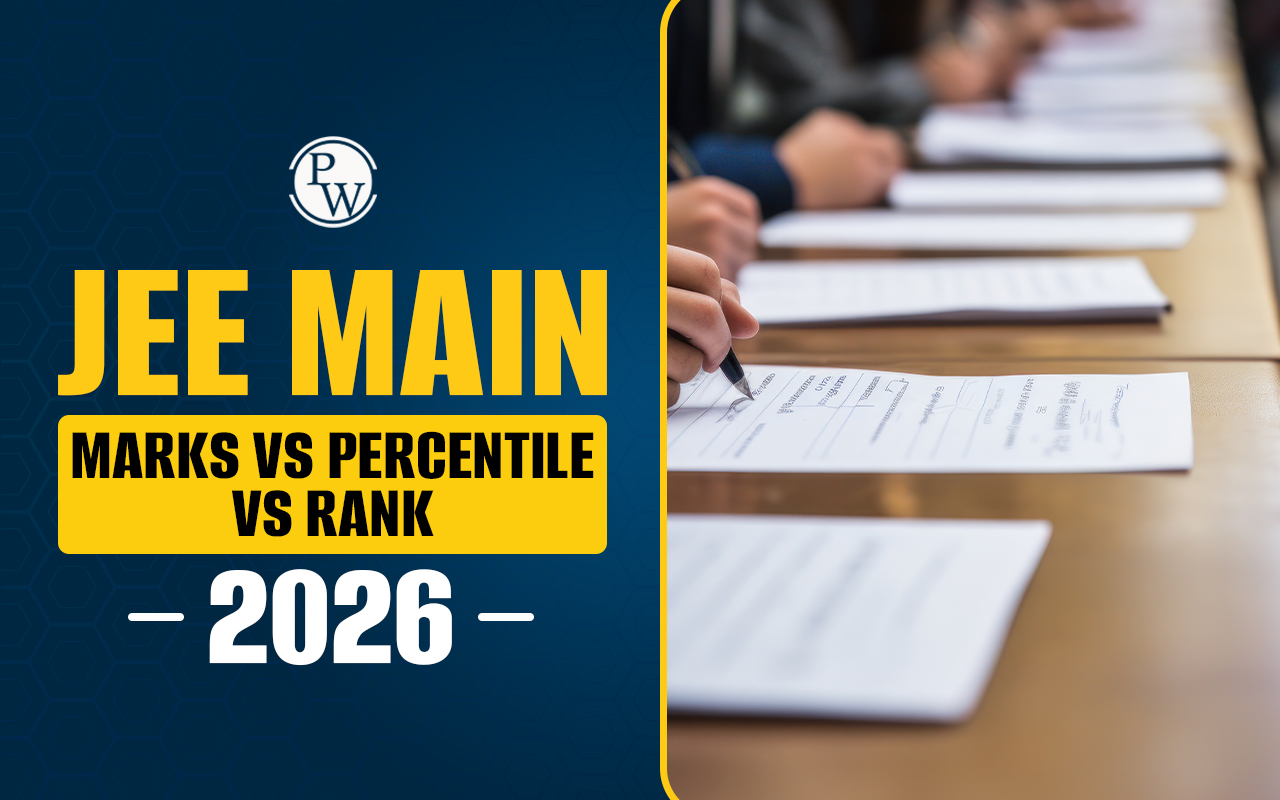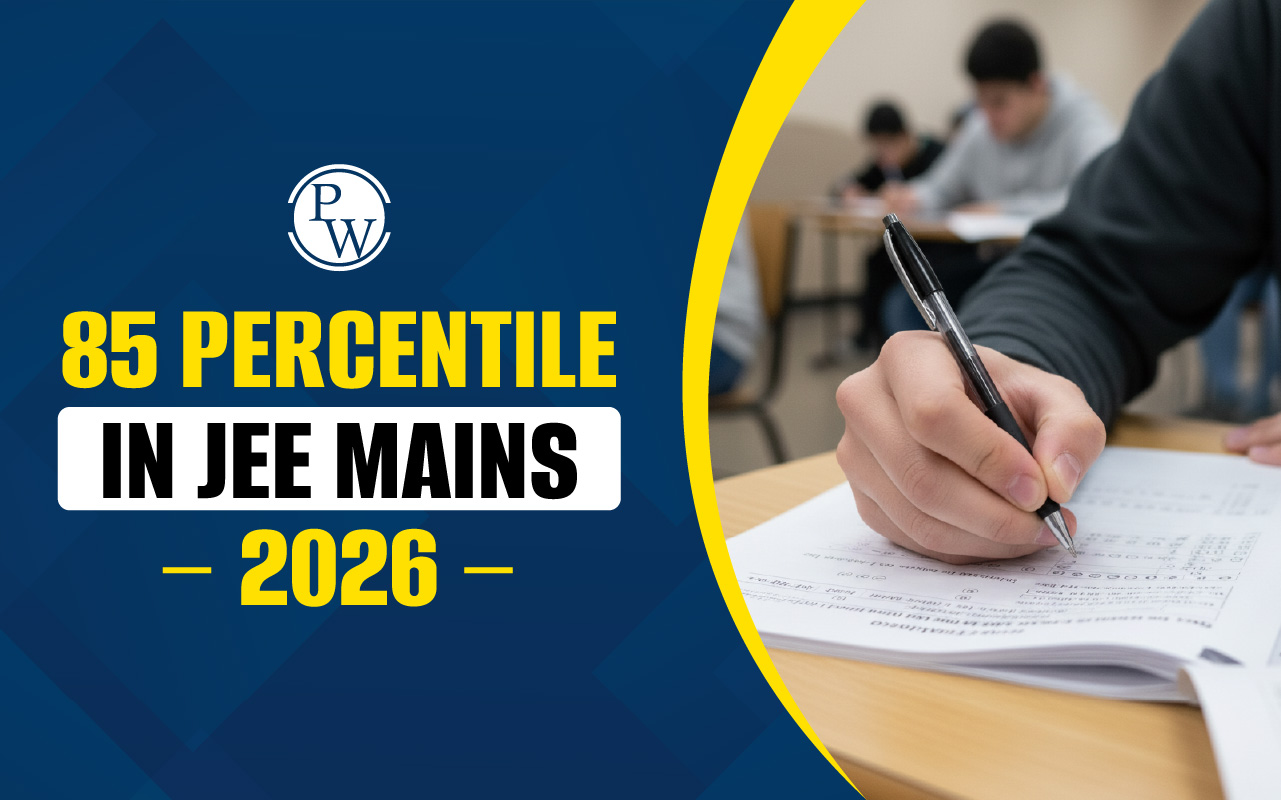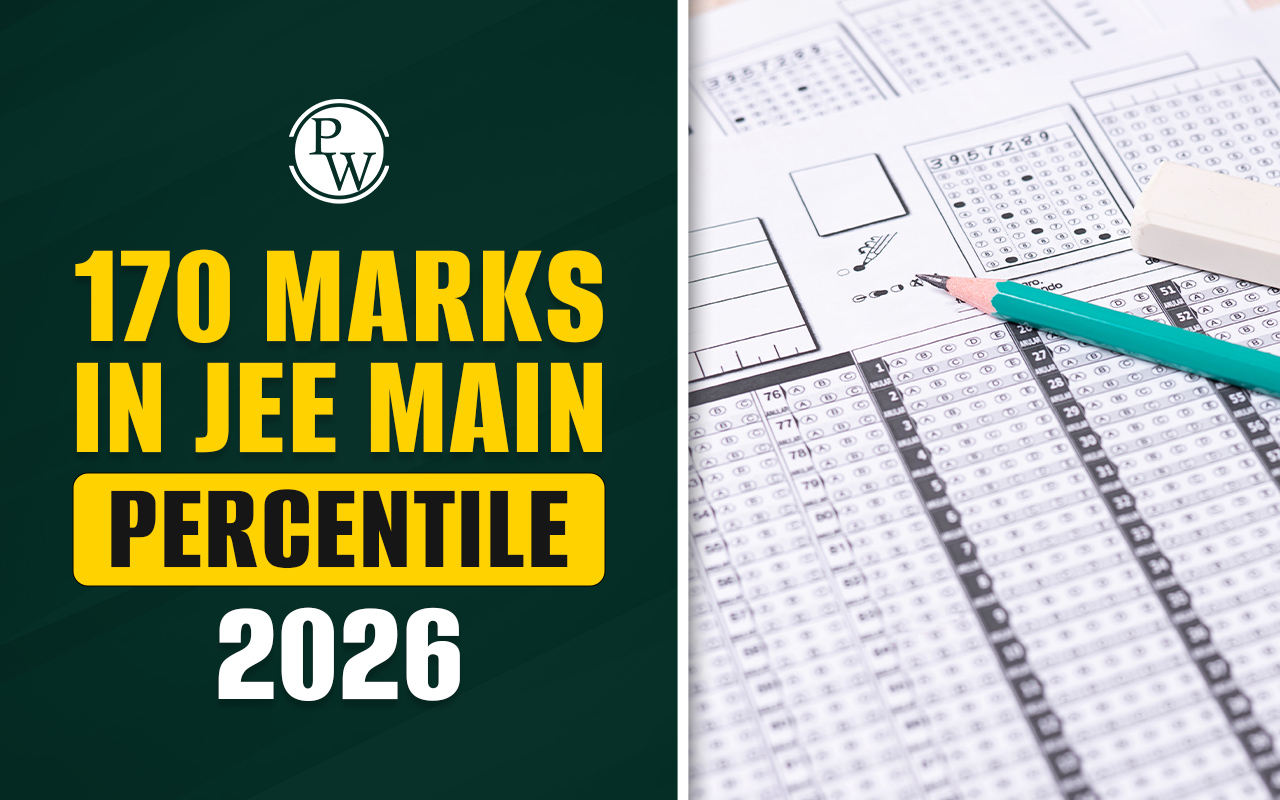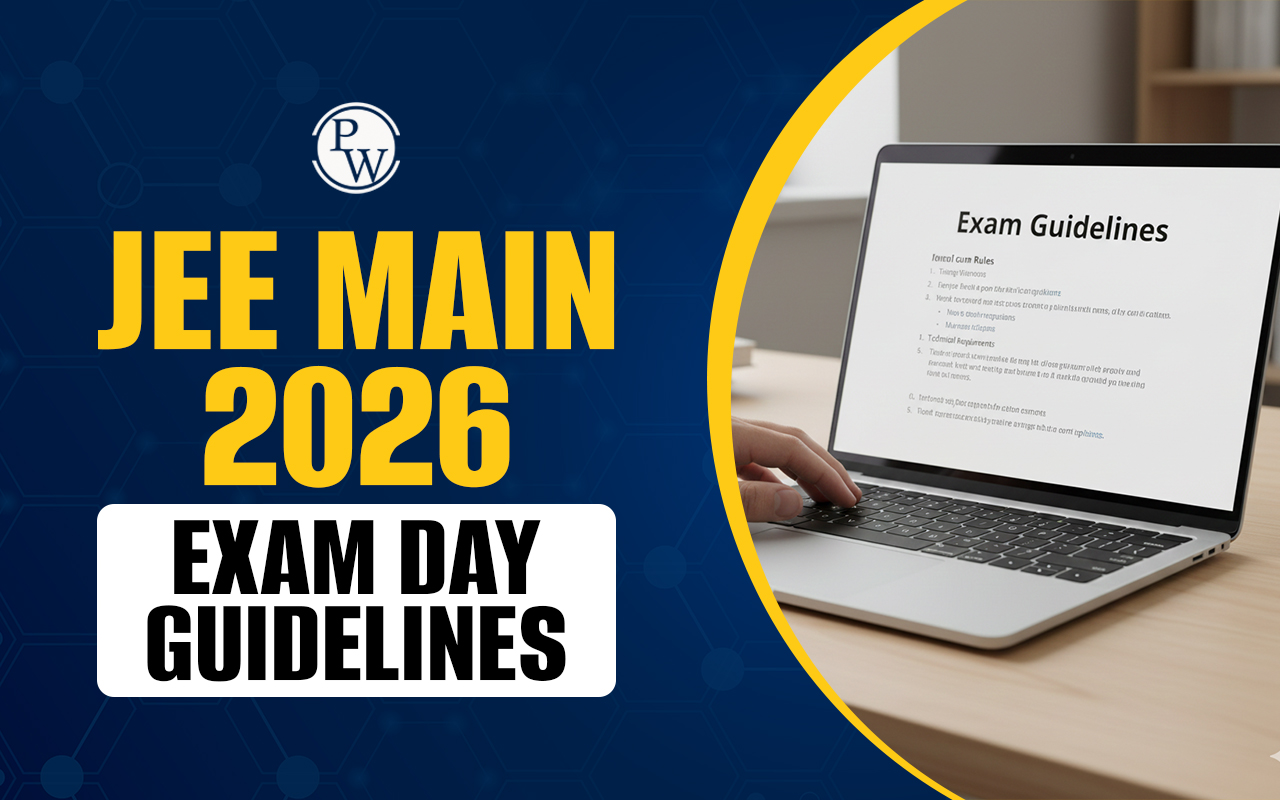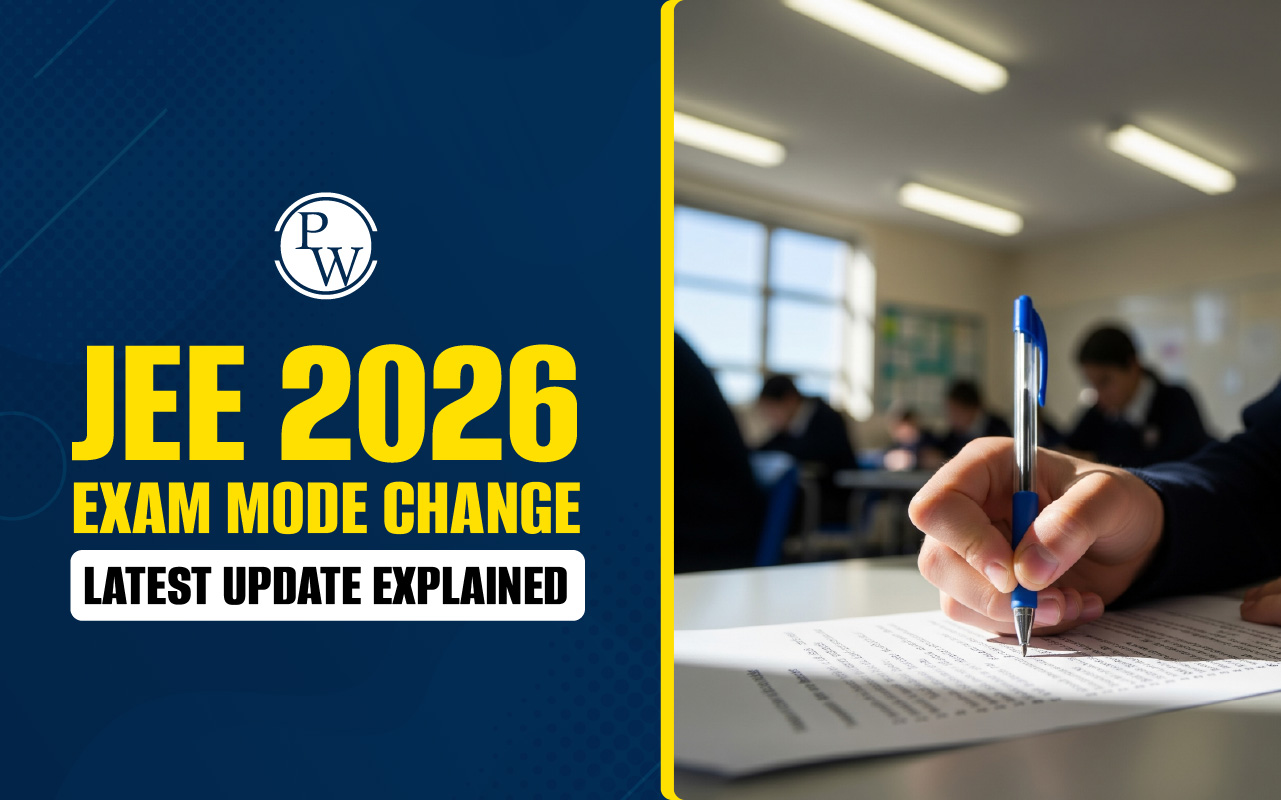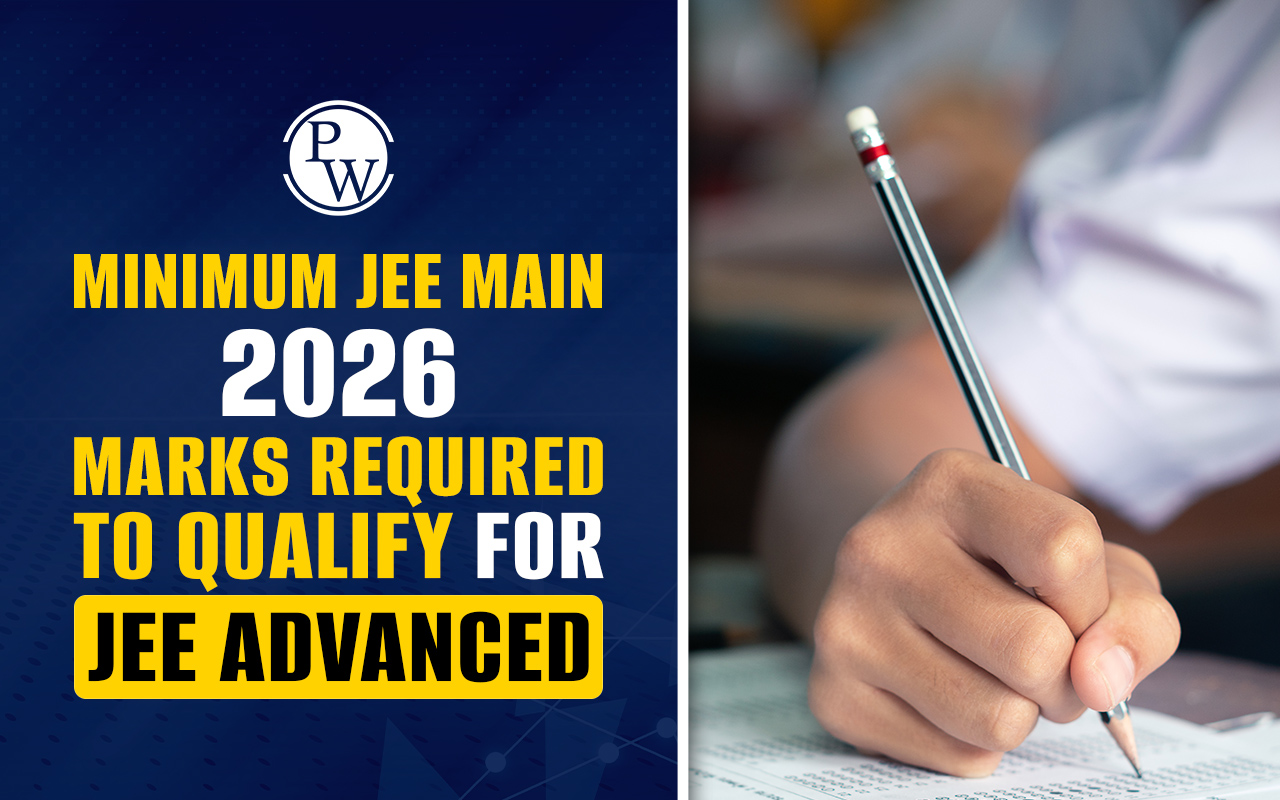
JEE Full Form is Joint Entrance Examination, one of the most popular national-level engineering entrance exams in India. This exam is conducted by the National Testing Agency (NTA) annually for admission to undergraduate engineering programs such as B.Tech, B.E, and B.Arch in top institutes like IITs, NITs, IIITs, and GFTIs.
The JEE exam evaluates a student’s knowledge of Physics, Chemistry, and Mathematics and their analytical and problem-solving skills. The JEE Full Form is a gateway for lakhs of engineering aspirants who dream of studying in India’s premier institutions and becoming engineers.
JEE Full Form
JEE Full Form is Joint Entrance Examination. It is a national-level engineering entrance test in India that helps students secure admission into the top engineering institutions in the country.
The Joint Entrance Examination (JEE) is conducted in two stages, i.e., JEE Main and JEE Advanced. JEE Main is the first level entrance exam conducted by the National Testing Agency (NTA), while JEE Advanced is conducted by one of the IITs for the candidates qualifying JEE Main.
Basic Information About JEE
The Joint Entrance Examination (JEE) is a national-level entrance test in India, which is conducted by the National Testing Agency (NTA). It is one of the toughest exams in the country and is taken by more than 10 lakh students every year.
The JEE exam comprises two papers — JEE Main and JEE Advanced. JEE Main is a qualifying test for JEE Advanced, but it also provides direct admission to NITs, IIITs, and other centrally funded technical institutions.
The exam pattern of JEE includes questions from Physics, Chemistry, and Mathematics based on the Class 11 and 12 NCERT syllabus. The test is conducted in Computer-Based Mode (CBT) and has multiple-choice as well as numerical-type questions.
JEE Full Form in Hindi
JEE का फुल फॉर्म जॉइंट एंट्रेंस एग्ज़ामिनेशन है। यह भारत की राष्ट्रीय स्तर की इंजीनियरिंग प्रवेश परीक्षा है, जिसके माध्यम से IITs, NITs, IIITs और GFTIs में प्रवेश लिया जाता है।
Types of JEE Exams
There are two main types of JEE exams — JEE Main and JEE Advanced.
JEE Main is conducted for admission to NITs, IIITs, and other government engineering colleges, while JEE Advanced is for students who qualify the JEE Main exam and wish to get admission into the IITs.
History of JEE Examination
The Joint Entrance Examination (JEE) has a long history that shows how India’s engineering entrance system has evolved over the years. It started as a simple test for IIT admissions and gradually became a two-tier exam — JEE Main and JEE Advanced — to make the process more efficient and transparent.
| History of JEE Examination | |
| Year | Event / Change in JEE Examination |
| 1960 | IITs introduced their own entrance exam to admit engineering students. |
| 1997 | The All India Engineering Entrance Examination (AIEEE) was launched for NITs and other institutions. |
| 2012 | AIEEE was replaced by JEE Main, while the IIT-JEE became JEE Advanced. |
| 2013 | The first-ever JEE Main and JEE Advanced exams were officially conducted by CBSE. |
| 2018 | The National Testing Agency (NTA) was established to conduct JEE Main. |
| 2019 | JEE Main switched to Computer-Based Test (CBT) mode and began being conducted twice a year. |
|
2021 onwards |
JEE Main continued to be held multiple times a year, improving fairness and accessibility for students across India. |
JEE Main 2026 Eligibility Criteria
To appear for JEE Main 2026, students must meet the following eligibility criteria related to age, qualification, and subjects.
|
JEE Main 2026 Eligibility Criteria |
|
|
Eligibility Parameter |
Criteria |
|
Age Limit |
There is no age limit to appear for JEE Main. |
|
Qualifying Examination |
Must have passed Class 12 or an equivalent exam. |
|
Year of Passing |
Candidates who passed in 2024, 2025, or are appearing in 2026 are eligible. |
|
Subject Requirements |
- For B.Tech (Paper 1): Physics and Mathematics are mandatory, along with one of Chemistry/Biology/Technical Vocational Subject. - For B.Arch (Paper 2A): Physics, Chemistry, and Mathematics are required. - For B.Plan (Paper 2B): Mathematics is compulsory. |
|
Minimum Marks |
Candidates must secure at least 75% marks in Class 12 or be in the top 20 percentile of their board (for admission to NITs, IIITs, and CFTIs). |
|
Number of Attempts |
A candidate can attempt JEE Main six times over three consecutive years after qualifying Class 12. A maximum of two attempts per year is allowed. |
JEE Full Form and JEE Main / JEE Advanced Exam Details
JEE Full Form is Joint Entrance Examination. The JEE exam is categorized into two main sections: JEE Main and JEE Advanced.
- JEE Main is conducted by NTA, and it allows admission into NITs, IIITs, and GFTIs. JEE Advanced is conducted by one of the IITs for the students who qualify JEE Main and want to join IITs.
- The IIT JEE Full Form is Indian Institute of Technology Joint Entrance Examination. JEE Main is the first-level screening, while JEE Advanced is for final admission to the IITs.
- The primary difference between JEE Main and JEE Advanced is their difficulty level, eligibility criteria, and the institutions they offer admission to.
About JEE Advanced 2026 Exam
JEE Advanced 2026 is the second level of the Joint Entrance Examination, conducted for admission to the IITs (Indian Institutes of Technology). Only the top 2,50,000 candidates from JEE Main qualify for JEE Advanced.
The JEE Advanced exam is considered more difficult than JEE Main and has a greater emphasis on problem-solving and analytical thinking. The IIT JEE Full Form is Indian Institute of Technology Joint Entrance Examination, and it is the ultimate competition among engineering aspirants in India.
Eligibility Criteria for JEE Advanced Exam
Here are the eligibility criteria that students need to meet to appear for JEE Advanced:
| Eligibility Criteria for JEE Advanced Exam | |
| Criteria | Description |
| Qualification | Must be among top 2,50,000 candidates in JEE Main. |
| Attempts | Maximum of two consecutive attempts in two years. |
| Age Limit | Candidates should be born on or after October 1, 2000 (age relaxation for reserved categories). |
| Subjects | Must have studied Physics, Chemistry, and Mathematics in Class 12. |
|
JEE Main 2026 Important Links |
|
JEE Full Form FAQs
Q1. What is the full form of JEE?
Q2. What is JEE exam?
Q3. When was JEE started?
Q4. What is the full form of IIT JEE?
Q5. Who conducts JEE?
Q6. JEE Full Form in English?

